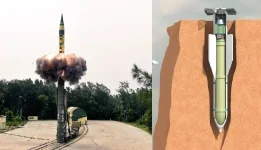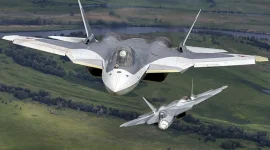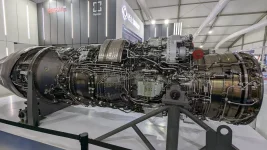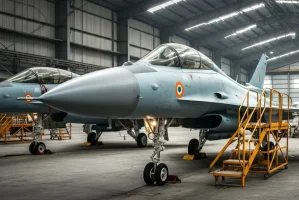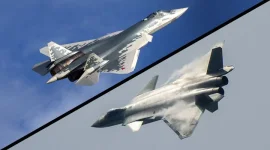- Views: 6K
- Replies: 71

Former Indian Air Force (IAF) officer Air Marshal Anil Chopra has made a strong case for India to acquire the F-35 stealth fighter jet as a crucial interim solution to counter China's growing air power, particularly the rapid deployment of its J-20 fighters.
In a recent interview, Chopra emphasized the urgency of the situation, pointing to China's plans to have 1,000 J-20s operational by 2035. While he acknowledged the significance of India's indigenous Advanced Medium Combat Aircraft (AMCA) program, he stressed the need for a stopgap measure until the AMCA becomes a reality. Chopra even advocated for direct Prime Minister's Office oversight of the AMCA program to ensure its timely development.
According to Chopra, the F-35 is the most viable option for India to bridge this capability gap. The positive feedback from IAF pilots who examined the aircraft at Aero India 2023 and a seemingly more receptive stance from the Pentagon suggest that the US may be open to selling the F-35 to India.
Chopra urged India to consider pursuing this option as soon as possible, even though no formal request has been made. He highlighted the F-35's advanced capabilities, including stealth technology and long-range strike capabilities, which would give India a significant advantage over its adversaries.
Beyond bolstering India's air power, acquiring the F-35 would strengthen its strategic partnership with the United States and serve as a deterrent to potential adversaries in the region.
However, Chopra acknowledged the challenges associated with buying American fighter jets, including logistical complexities due to India's existing reliance on Russian jets and potential US reluctance to share cutting-edge technology.
Chopra also highlighted concerns about India's outdated fighter jet squadrons and the urgency to address the gap in air defence capabilities. He acknowledged that acquiring American fighter jets is a temporary solution, and India must prioritize long-term investments in research and development to achieve self-reliance in critical defense technologies.

